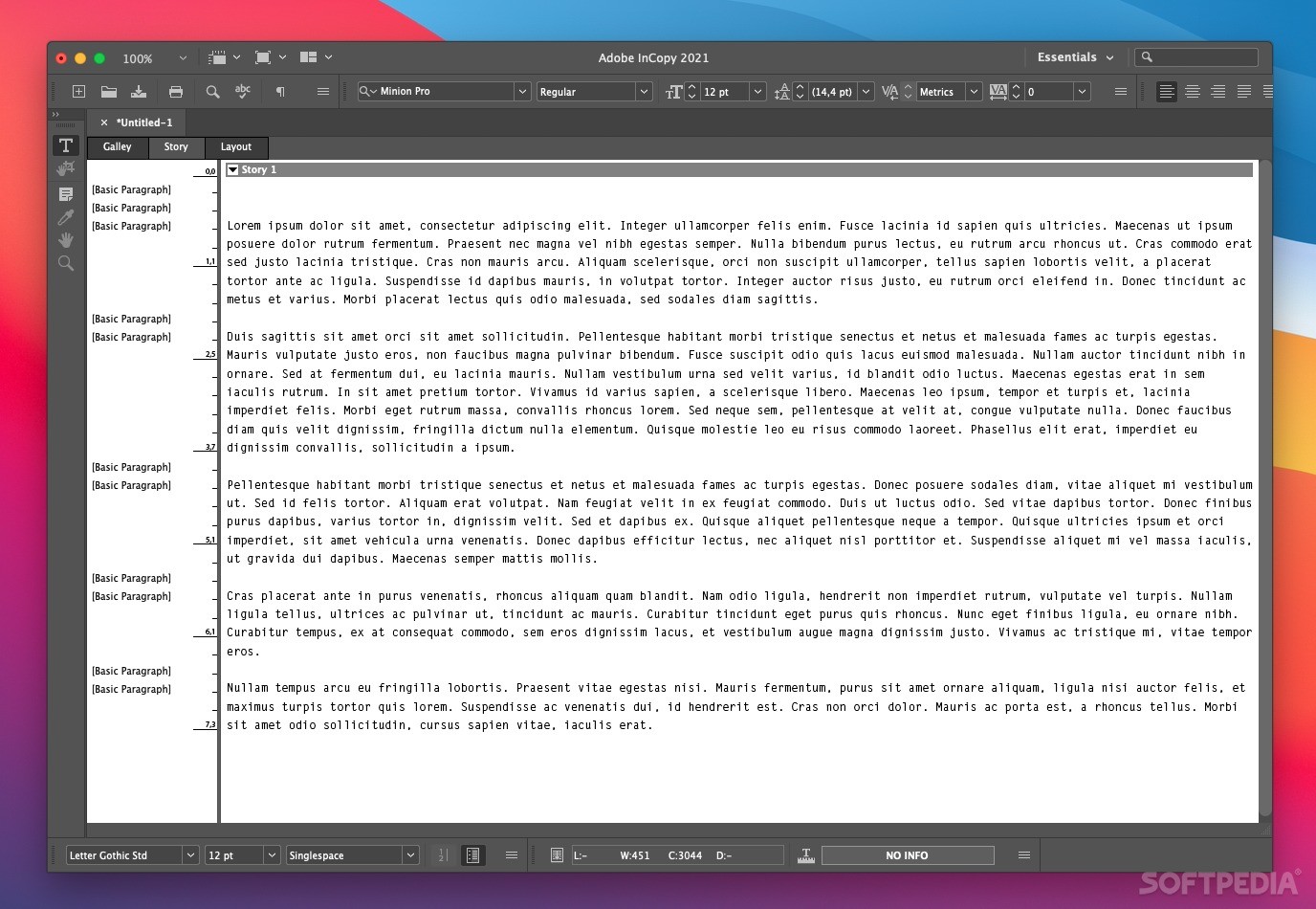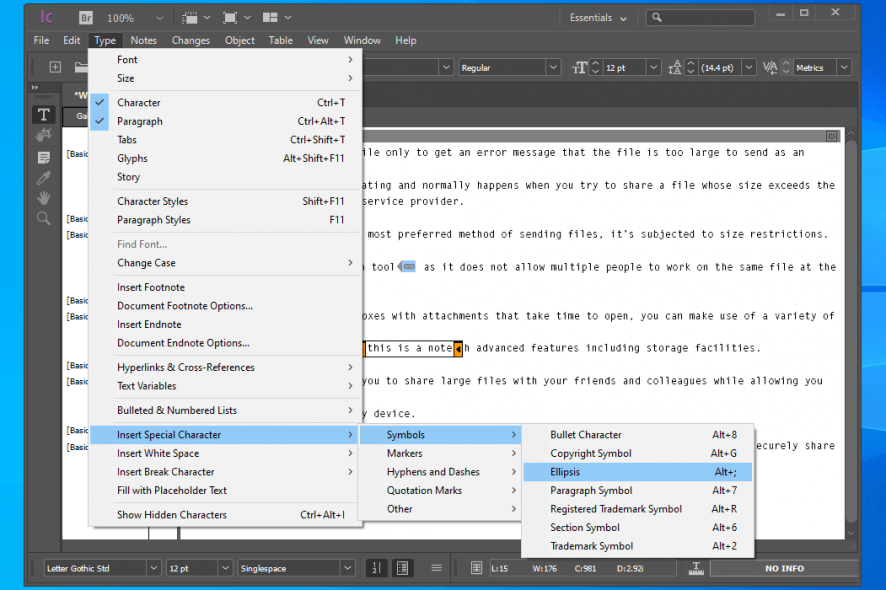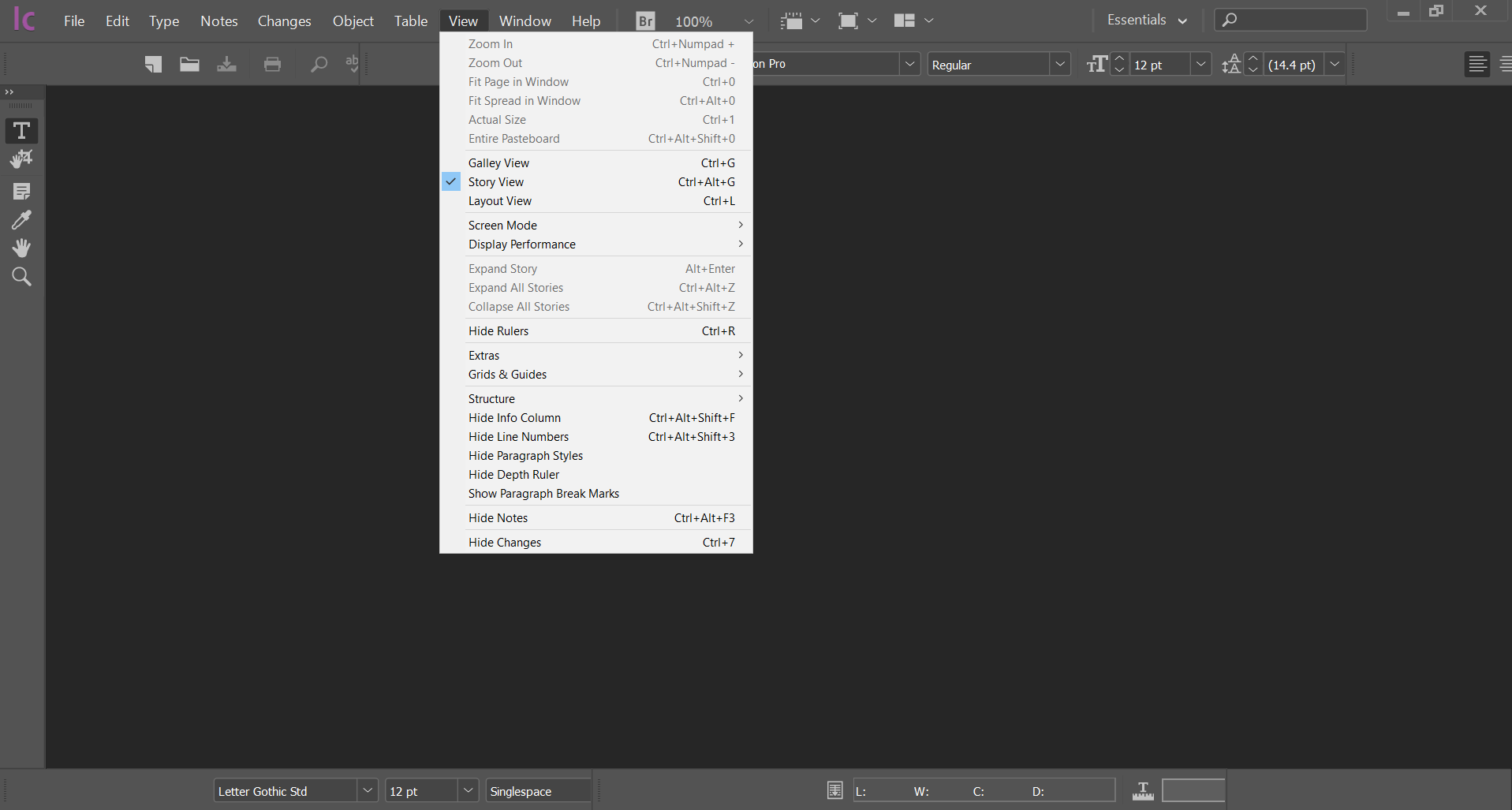
Stand-alone files are disconnected from any Adobe InDesign document and can be created and worked on autonomously by writers. Adobe InCopy files come in two types: Stand-alone InCopy is designed to be the input channel for written content to be placed into Adobe InDesign documents created by graphic designers.
ADOBE INCOPY VERSION HISTORY FULL
It could be used as a stand-alone word processor with full export and print functions but that’s not its real purpose. The primary function of InCopy is to allow copywriters and graphic designers to work together on page layout content. For now, though, you should know that InCopy is included within the Adobe Creative Cloud 'All Apps' subscription, so many of you may already have access to it, or you can buy it on its own for around $5 a month.


We think it should get way more airtime and we’ll explain why later. But it suffers from the stigma of being old-fashioned and expensive to implement. So when you think of its history, InCopy is a major player in the Adobe Creative Cloud stack of products. The addition of InCopy ultimately increased the pressure further and major newspapers and magazine publishers were switching in droves to InDesign as their page layout software of choice.

Adobe was gathering momentum here already thanks to Adobe InDesign disrupting the domination of QuarkXPress over the previous years. The key vertical targeted for InCopy on its release was the publishing industry. With the goal of helping writers and designers bridge their processes and work together better. It was originally released the year after Adobe InDesign was launched in 1999 as the companion to that software solution. InCopy is the word processing app in Adobe Creative Cloud that copywriters use to place their words directly into Adobe InDesign documents.


 0 kommentar(er)
0 kommentar(er)
